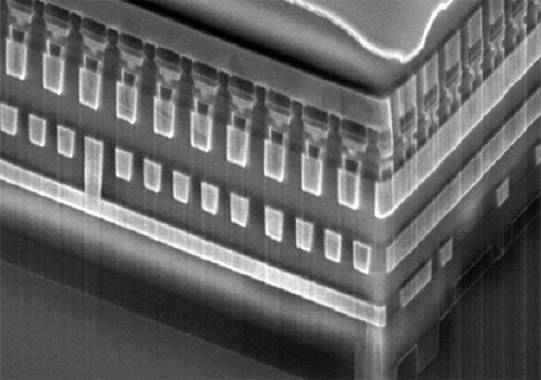Researcher Stephen Elliot of the Cambridge University was able to significantly improve the parameters of the memory based on technology phase transition. It is noted that the memory on the basis of the phase transition is a promising development in the future will create a computer with instant download.
This type of memory allows storage of the material based on the ability to switch between two states (crystalline and amorphous) in a specific thermal exposure, the generated electric current. To read the data (the current state of the material based on an analysis of the electric) current use of lesser magnitude. As a material for memory based on the phase transition is usually a mixture of germanium, antimony and tellurium (Ge2Sb2Te5 or GST). As a result, this memory has high productivity, which is several times higher than the performance of modern high-level SSDs. However, it is non-volatile, i.e. capable of storing data when power supply is turned off.
However, changing the state of the material by the impact of stress (the process of writing data) requires a certain amount of time. Typically, the crystallization process memory takes at least 10.1 nanoseconds. Stephen Elliott has improved the material so that the crystallization process was reduced to 500 picoseconds when exposed to voltage 1 V, that approximately 10 times faster than existing solutions. Thus he is able to increase the speed of data entries. On assurances of developers, the material remains stable even after 10 thousand cycles of write / rewrite data.
